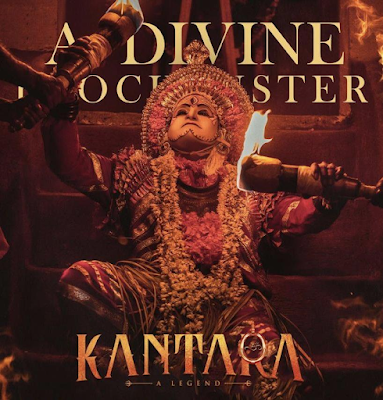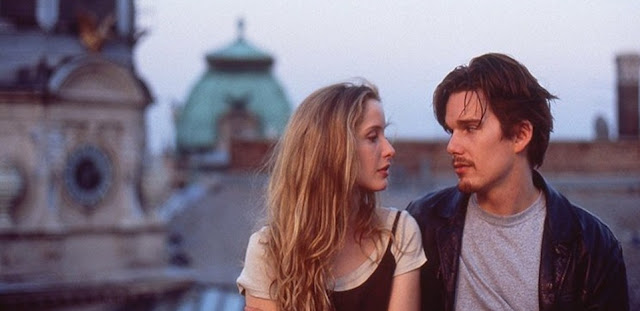Kantara - The Legend
There is a demigod, who is a bit scary, but he has the forest people’s good interest. Some see him as the Varah avatar of Lord Vishnu. His statue, the rock that represents him and his ornaments are sacred to the people. They perform puja and pray to him for their wellbeing. He is their deity, their protector. He speaks through a performer who dresses up during an annual festival, paints his face, and dances to the beats of instruments and anklets. He speaks once a year and appears in dreams of the faithful. The high pitched sound that he makes gives goosebumps. There’s a riff between the forest officials, the tribals and the landlord. The story proceeds on the twist and turns, and how it is resolved. The message is strong at the end of the movie, telling us to value the forest - mother nature, and the people who live there and depend on the forest for their livelihood.
I love movies based on folktales, myths, and lores of past, local oral tales. Legends are so important in storytelling. It gives so much creative scope. The art, cinematography, craft of filmmaking, direction and the pace of narration, the camera moments of gooseflesh inducing shots, it's superb. The fact that the idea of a story or a movie plot can come from anywhere. If one is on the lookout for a potential plotline, anything around can be a hook. It’s the team’s creativity at the end of the day that we get such a wholesome movie experience. A visual treat. The choreographed moves. The divine and the mystical. It is such a thrilling and entertaining watch.










Comments
Post a Comment